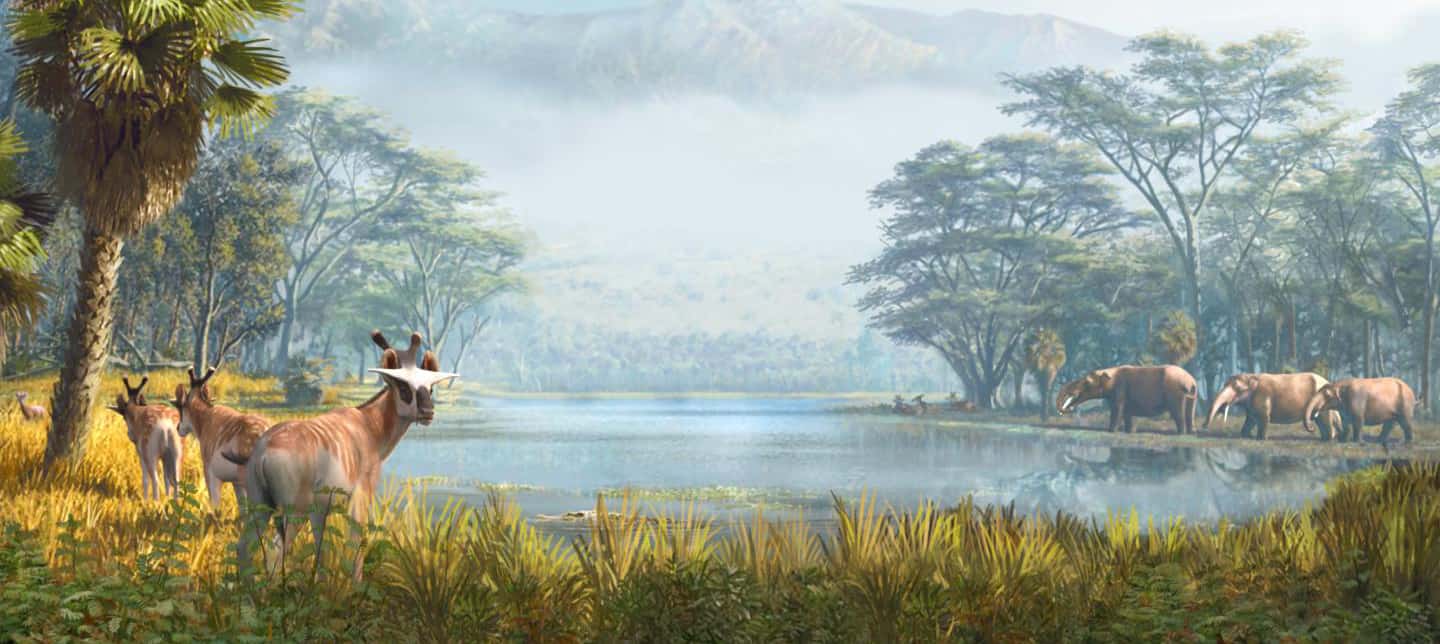Share this article
Functioning ecosystems persist through environmental change
Looking at fossil records, researchers determined the structure of an ecosystem matters more in the face of environmental change than the composition of species in it. Understanding this, they found, can help today’s conservation biologists decide whether to conserve particular endangered species or preserve the ecosystem’s functions. In the study, scientists looked at fossils of large mammals that roamed the Iberian Peninsula over the last 21 million years. They gathered information on diet, body size and how they moved and took note of their function in the ecosystem. The team found that when there was higher functional diversity, or species that play important roles in the ecosystem, the ecosystem was more stable. The presence of specific species didn’t matter as much as their function in the system. “By looking into the past, we can ask fundamental questions regarding the persistence of ecosystem functioning over evolutionary time and may also be able to guide long-term future conservation actions,” said Johannes Müller, a co-author of the study and professor at the Museum für Naturkunde and Humboldt University Berlin.
Header Image: A reconstruction of the extinct mammal community at the fossil site of Els Casots in Spain, about 16 million years ago. Credit: Oscar Sanisidro (Universidad de Alcalá de Henares)








